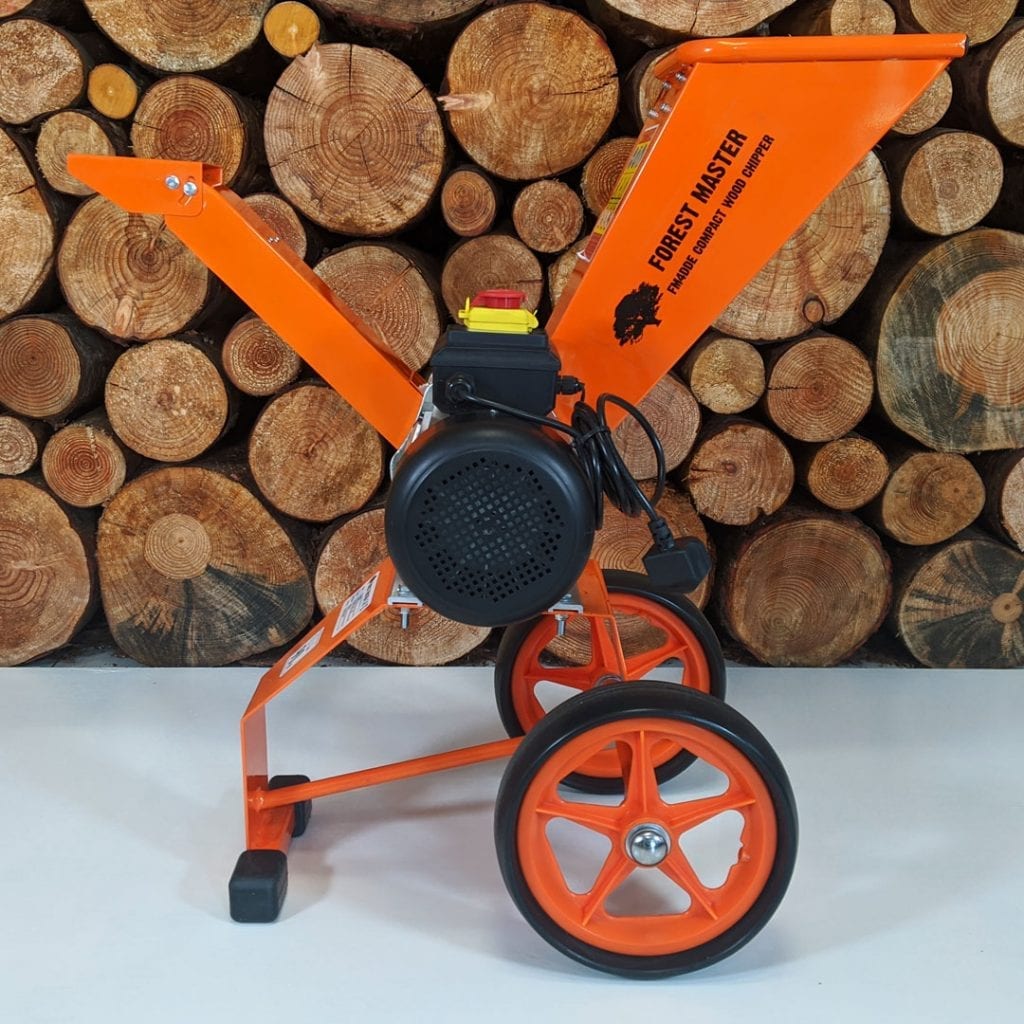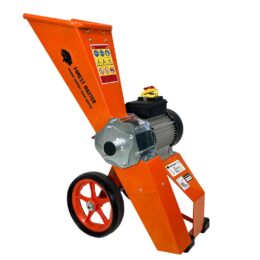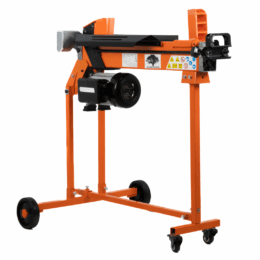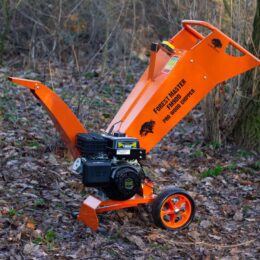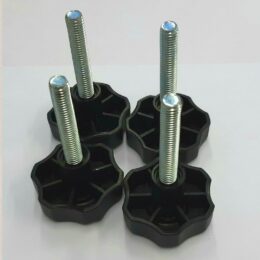Last Updated on February 23, 2021 by Forest Master
The benefits of compost
Compost is a nutrient-rich material for your garden and vastly improves soil structure, while maintaining moisture levels and keeps your soil’s pH balance in check. It also suppresses plant disease. Moreover, it can be boosted by materials such as mulch.
A good compost provides everything your plants need to grow and remain healthy. It provides nitrogen, phosphorus and potassium.

The best part about making your own compost is that you make it using waste lying around your house, rather than throwing it away you decompose it to create a rich and incredibly useful product for your garden. It’s recycling at it’s best.
Save money, resources and create a great positive impact on the environment by recycling your waste into compost.
What makes a good compost?
A good homemade compost will comprise of a 50:50 mix off materials that are rich in nitrogen and carbon.
If you create a mix of too much nitrogen you will create a thick green sludge which will be of next to no use. If you create a mix of too much carbon then the process will be far too slow to be useful. The nitrogen to carbon mix must be perfectly balanced in order to create a good compost.
Below is a table of all the different materials to use for your mix. The great thing is that you can find most of these items around the house and it’s typically waste that is simply thrown away.
Materials to use
| Nitrogen-Rich Materials (Green) | Carbon-Rich Materials (Brown) | Best Food Sources | Materials to Avoid! |
| Fruit and Veg Peelings | Egg Cartons | Bananas | Meats & bones |
| Plant Cuttings | Sawdust | Melons | Fat, Oil and Grease |
| Teabags | Finely Ground Wood Chips | Cucumbers | Dairy Products |
| Grass Clippings | Clean Cardboard | Root Vegetables (Chopped) | Canned Sauces |
| Newspaper | Greens | Spicy Food | |
| Paper Towel Rolls | Squash | Poison Ivy | |
| Leaves | Coffee Grounds | Plastics & Metals | |
| Grain | Citrus Fruits | ||
| Fibrous Materials | |||
| Glossy Paper |
All you need besides these waste materials is sunlight, air and a good place to store your compost mix.
If you have an abundance on leaves, then you can look at creating a leaf mould. We have a full guide on how to create a leaf mould which you can find by clicking here.
If you have branches and leaves that you want to chip or shred then we recommend taking a look at our compact wood chippers.
The FM6DD and FM4DDE are electric and petrol counterparts which enable you to chip and shred branches and leaves. Perfect for cutting down your leaves and branches to smaller sizes and drastically reducing the time required for them to decay. Perfect for your compost pile.
Click here to view a video of us shredding leaves and other green material.
Creating a compost bin
You can either create your own compost bin or purchase a pre-made one. This guide covers reviews the top 5 bins currently available on the market.
You will want to place your compost bin in a flat, well-drained and sunny place. We do however recommend that it avoids direct afternoon sunlight if you live in a hot climate. It’s also best to place your bin in a convenient location, somewhere that is easy to access and maintain over a couple of months.
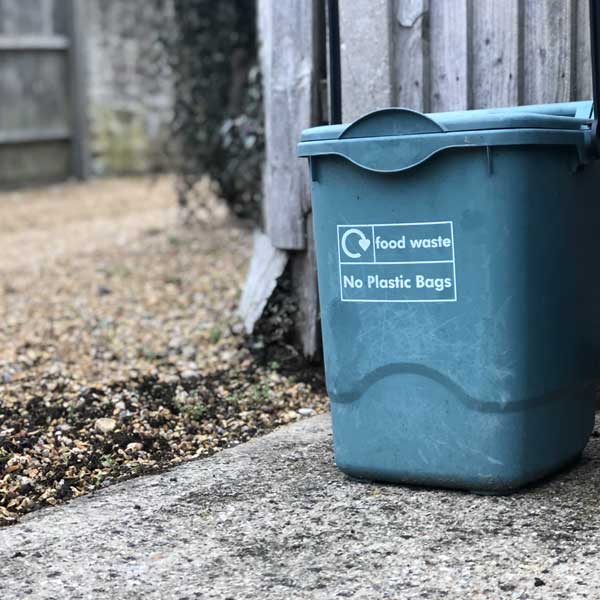
When it comes to creating or selecting your compost bin, the size and type of bin you decide on should depend on how much compostable material you are able to generate.
Filling your bin
When starting to fill your compost bin, it’s good to start with a layer of dried leaves in the bottom. This allows for drainage as well as allowing space for air. It’s important not to tightly pack the leaves as this will prevent air passing through effectively.
We like to keep any food waste materials (kitchen scraps) on the next level in a nest of sorts in amongst the leaves. It’s important to keep any food scraps contained/covered up amongst your food pile for a couple of reasons. Mainly, this stops animals from infesting the compost pile and it also prevents the pile from turning into a smelly heap.
It’s also important that you add a layer of browns on top of your food scraps. This allows the compost heap to break down quicker.
The next step is to start creating alternating layers of greens (nitrogen-rich) and browns (carbon-rich) materials. It’s best to adopt this method as a means to create a compost pile which is a close to a 50:50 mix. By doing a layer of each in an alternating fashion we’re ensuring that an equal amount of both materials are being used.
Continue to follow this method until your bin is full.
Maintaining your compost bin
Maintaining a good compost bin is a very easy process and you only need to follow a few simple instructions in order to produce a successful compost.
We strongly recommend mixing/turning the compost occasionally. Some people turn their pile once a week and others every fortnight or so, this is up to you. Personally, we prefer once a week.
Turning the pile helps the breakdown process move along by feeding air to materials which may have previously not been receiving enough. This can also help to eliminate odour.
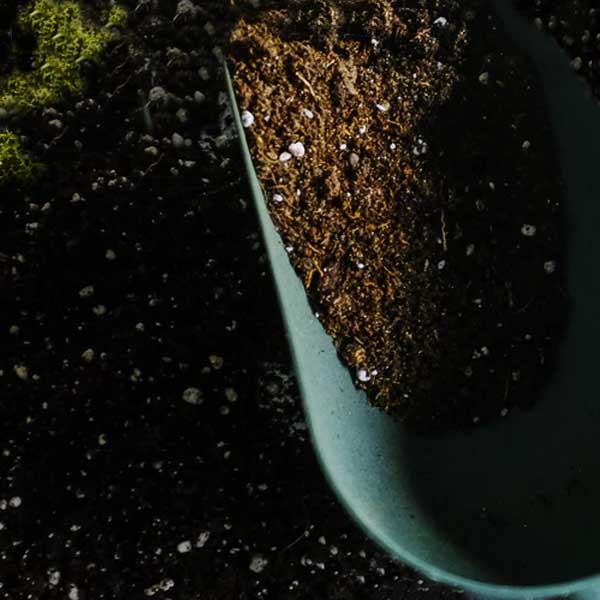
Whenever you add fresh food waste, be sure to mix it in with lower layers. It’s also important to also cover the waste with an additional layer of brown material. Leaves work best.
All materials within the pile should be moist, it’s usually said that materials should be about as moist as a rung-out sponge.
If your materials are too dry then add water, if the materials are too wet then add more dry materials.
How do I know my compost is ready?
Typically, it’s ready for use after around four to six months of starting your bin. Though this process could take up to 12 months to fully decompose depending on the materials used. It will be a rich, dark and crumbly substance which presents a pleasant earth odour.
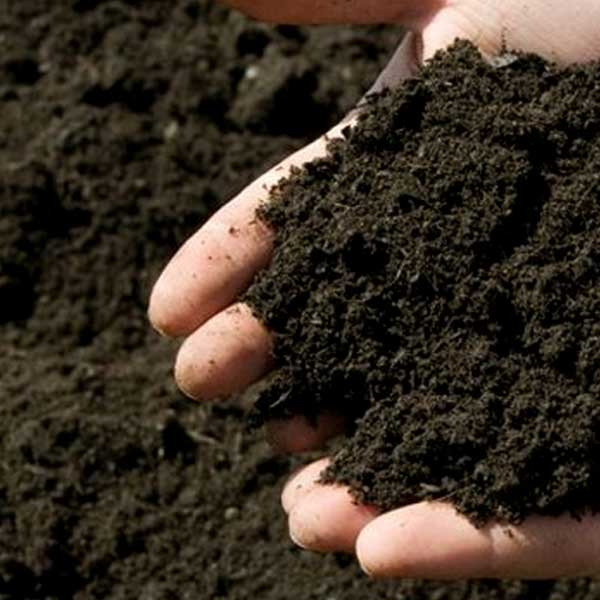
When your compost is finished its process, the pile will likely be around half the size and you will no longer be able to distinguish the original items used within the pile.
Another clear indicator is that the mix will have returned to cool air temperature, if the pile is still warm then it’s highly likely that the process is still in the works.
How to use compost
Our #1 favourite use is to make compost tea. Fill an old pillowcase or something similar with around a litre of compost. Tie the top of the pillow cage and steep the bag overnight in a bin filled with water. You can then use the ‘tea’ produced in the bin to water your plants!
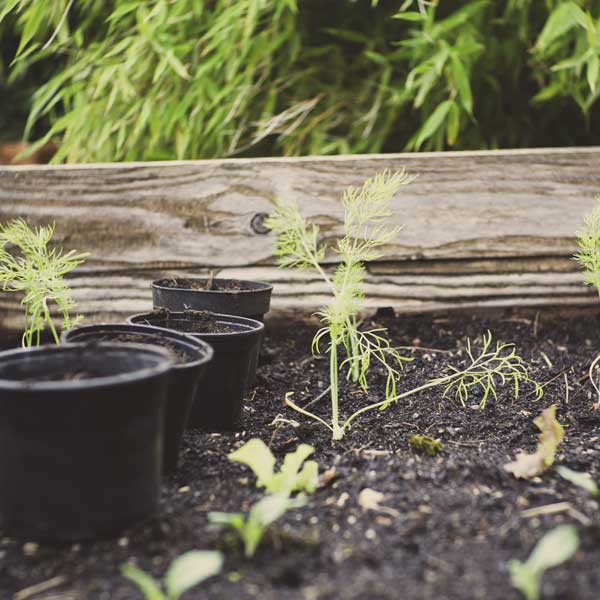
We also recommend sprinkling your lawn with compost a few times a year. This provides valuable nutrients to the grass plants.
You can use your compost indoors and outdoors. Mix it up with soil before planting or you can use it as top dressing for your flower beds.
When planting, a common mistake is that people simply add the compost to the hole you’re planting in. Leaving the compost at the bottom of the hole with soil on top. You should be mixing the compost and the soil together.
Try to keep the compost in close proximity to the roots, this allows the roots to pick up the nutrients they need.
If you’re looking for more ideas, why not check out our blog with posts about preparing your garden for winter and mulching mistakes and how to avoid them!



